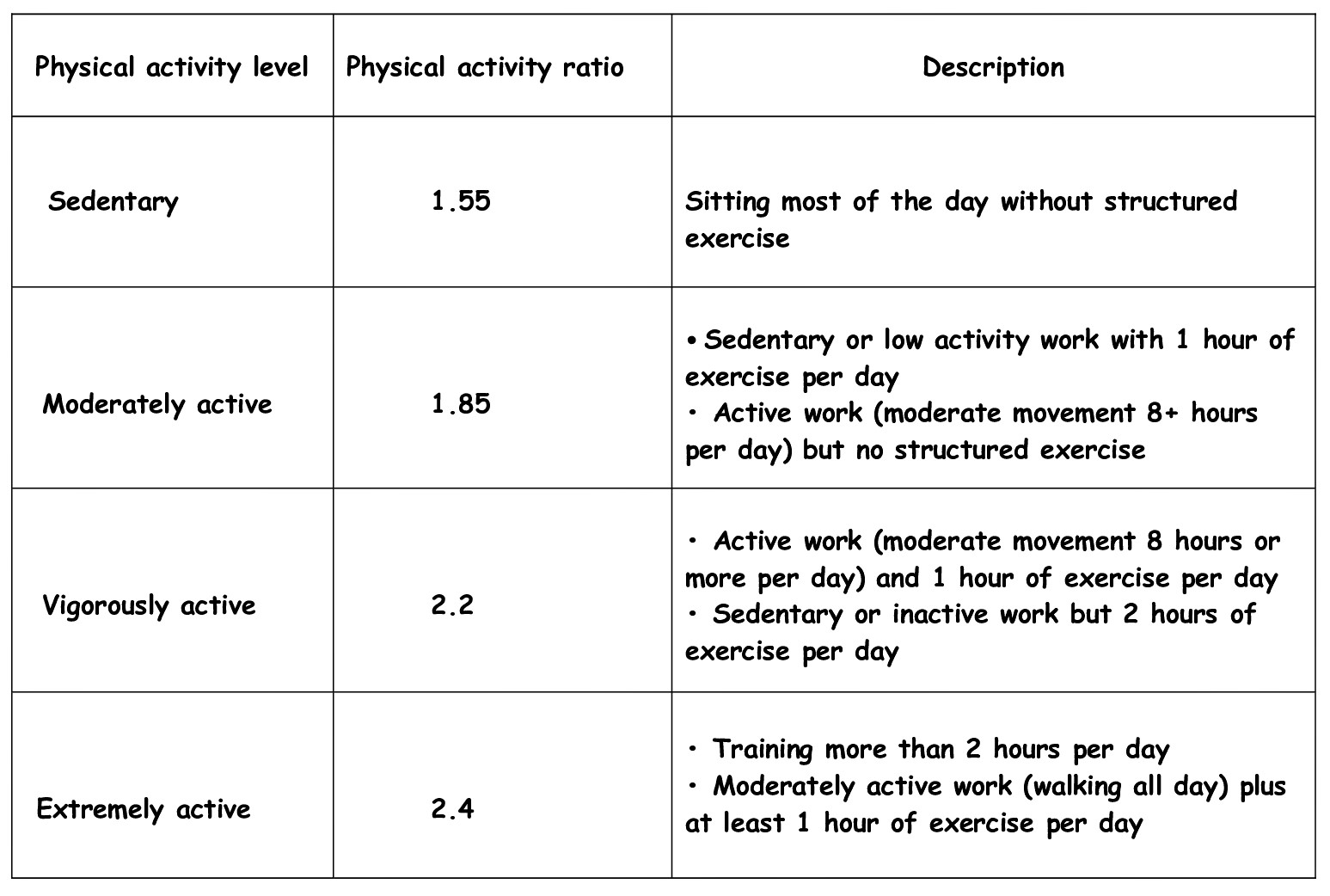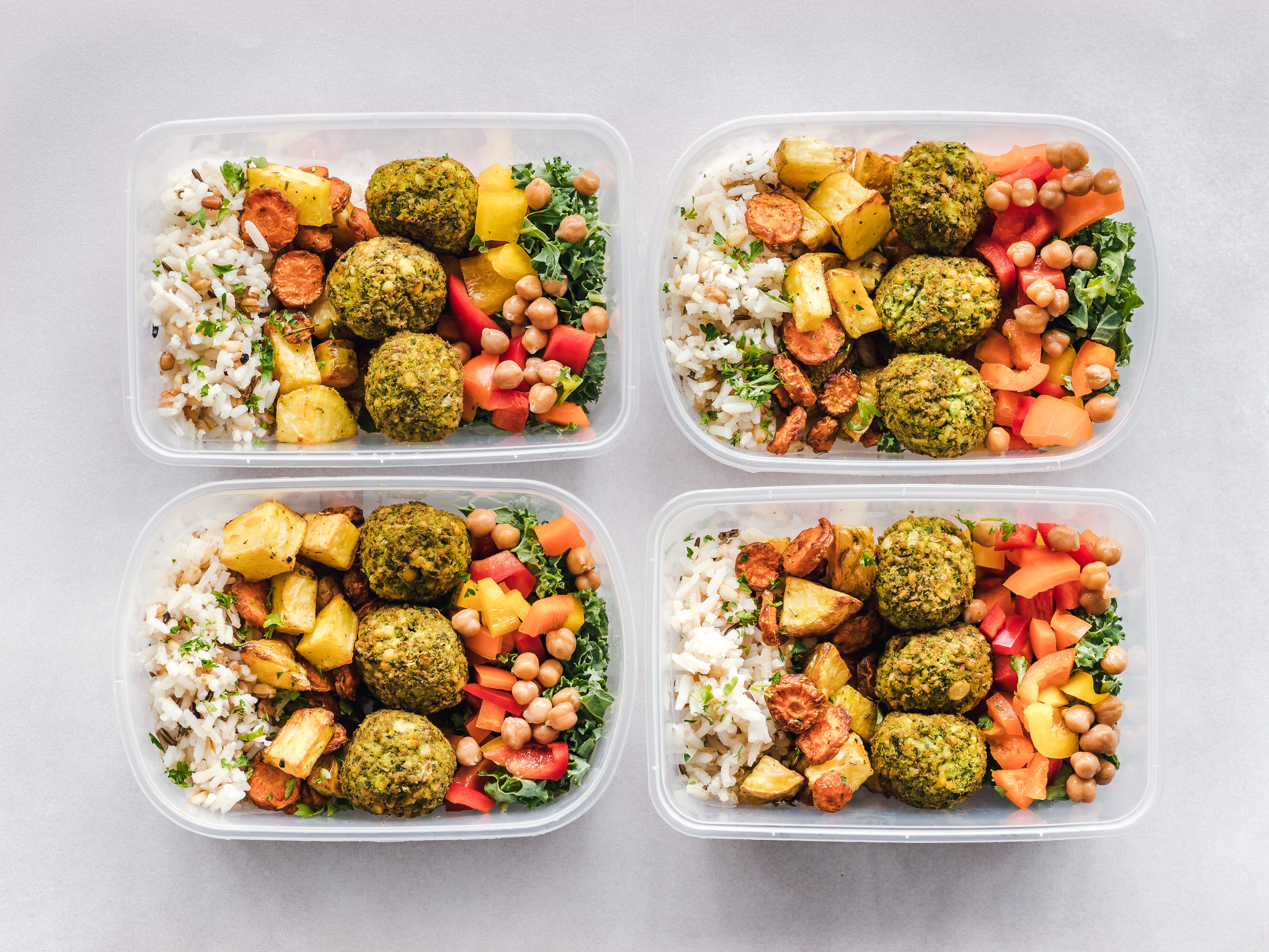Calculate A Calorie Deficit In 3 Steps
When you want to lose weight or aim for fat loss, a calorie deficit is essential. If you think of your body as a machine, it needs energy and burns energy: a calorie deficit occurs when you burn more than you take in.
Estimating the calories you consume in your food and drink
and taking into account what you burn through activity are the 2 key elements
to calculating your calorie deficit.
What Are Calories?
Calories are simply a measure of heat or energy.
Technically, 1 calorie is the amount of heat needed to raise the temperature of
one gram of water by one degree Celsius. For our body, calories are how we
exchange energy. Food contains the energy we put into our bodies and exercise
is how we expend or burn energy. When our body stores energy, it is usually in
the form of body fat.
What is a calorie deficit?
A calorie deficit occurs when you consume fewer calories than you burn over time. For example, if you burn 2,000 calories a day but only eat 1,500, you will have a 500 calorie deficit. Another example of a calorie deficit would be consuming 2000 calories a day but burning 2500.
Depending on your diet and physical activity, you can reach a deficit in 2 ways: eat less or exercise more (or a combination of both).
Find out the calorie content of everyday foods with our
calorie chart in the article below.
Why is a calorie deficit important for weight loss?
Calorie deficits are the most important factor in weight loss1. Regardless of the latest diet trend, the common factor among successful weight loss plans is a calorie deficit.
Whether you cut carbs, fats, or fast intermittently, they all generally lead to a calorie deficit for weight loss.
1 pound of body fat contains around 7700 calories and weight loss of around 0.5 to 1 pound per week has been shown to be safe and sustainable.
The 3 steps
1. Calculate your daily maintenance calorie intake
To calculate your daily maintenance calorie intake, or the calories you eat to stay the same weight, grab a calculator — and your most recent weight and height in pounds and inches. We'll start by calculating your basal metabolic rate, or BMR, using the Mifflin St. Jeor equation, one of many options — but it's commonly researched and considered a good estimate.
- Men: BMR = 10 x weight (kg) + 6.25 x height (cm) – 5 x age
(years) + 5
- Women: BMR = 10 x weight (kg) + 6.25 x height (cm) – 5 x age
(years) – 161
This basal metabolic rate is the number of calories your body burns at rest — if you've done nothing but lie in bed all day.
Next, we need to consider the level of activity in your life. Multiply the BMR you calculate above by an activity factor in this table.
If you are between two levels, choose a number in the middle.
Multiply your BMR x Activity Factor = Maintenance Calories
2. Adjust your calorie intake to lose weight
Once you know your maintenance calories, say 2500, we can calculate the caloric intake needed for weight loss.
Remembering that one pound of body fat is around 7700 calories and we want to aim for 0.5 to 1 pound of weight loss per week:
- 500 calorie deficit per day = 3500 calories per week
- 700 calorie deficit per day = 4900 calorie deficit per week
These calorie deficits come from a combination of eating less and burning more. If you're on a strictly healthy diet and don't know where to cut calories, you may need to exercise a little more.
If you know you can reduce your portions and reduce
carbohydrates or fats in your diet, you can focus on getting a bigger calorie
deficit from your diet. Keeping track of the calories you consume by measuring
and weighing your servings is crucial for these calculations.
3. Adapt to physical activity
Changing your diet is only part of the calorie deficit — you also need to consider your exercise. When you eat, those calories go into the “plus” calories column for the day, while exercise is where you subtract your calories.
To lose weight, we want your net daily calories to be about 500 calories lower than your BMR.
- Food Calories – Exercise Calories = Net Calories
It's hard to calculate exactly how many calories you burn during exercise because it's not an exact science. The best way to estimate calories burned is to use a device that measures your heart rate and adjusts for your age, weight, and activity level.
There are equations where you can calculate this manually,
but it can be tedious. You can also view a calorie burn chart to estimate your
exercise calories.
How to Create a Calorie Deficit
Here are some tips to help you successfully start a calorie
deficit plan.
Aim For Realistic Goals
If you're already eating a very healthy diet of lean protein, lots of vegetables, and whole grains, this might not be the best option for reducing your calorie intake: you should probably work harder in the gym.
On the other hand, if you're already pushing 2 hours a day
at the gym but not paying too much attention to your diet, it might be time to
cut out the junk food and reduce your portions to see the loss changes. fat.
Don't Go Too Low
When you know there are 7700 calories in a pound, it can be tempting to hit a higher calorie deficit for faster weight loss. However, extremely low calorie intakes or major deficits that lead to rapid weight loss are often not sustainable. If your calorie consumption is too low over time, your body begins to adapt and your BMR slows down, making it harder to lose weight.
Shooting for weight loss of 0.5-1kg per week has been shown
to be the most sustainable and most likely to be sustained over the long term.1
Vary And Adapt Your Exercises
If your diet is on point but your workouts aren't getting you where you want to be, be sure to always challenge yourself. The same 30-minute jog on the treadmill can be something your body is used to and now does while burning fewer calories.
Try HIIT training instead of steady-state cardio, or switch to a stair stepper or spin bike instead.
Want to learn more about HIIT training? Try this article
next.
Incorporate Cardio And Strength Training
Cardio burns calories the most efficiently in a daily workout, but lifting weights is what really changes your body over time. Building mass by building muscle actually increases your BMR and burns more calories daily in the long run.
Strength training is doubly important when in a calorie
deficit, as it will help you maintain muscle mass while actually targeting fat
loss.
A Good Diet Is Essential
It's tempting to read this information and think, "My ice cream only has 400 calories, so an hour in the gym will burn that off!" ". Not so fast – yes, the calories are equal, but our bodies need high quality protein, complex carbs and healthy fats to be efficient and keep us healthy. It only takes a few minutes to consume a few hundreds calories, but probably hours of hard work to burn them off.
Find a good balance between eating less, while allowing time
for the foods you love, and moving more for long-term success. Feel free to
calculate your macros to learn more.
What you must remember
While calculating a calorie deficit is science-based, it's
not always straightforward. You need to look at your habits — both in the
kitchen and at the gym — and decide where you can make lasting changes for
long-term fat loss success. Keep in mind that your goals should be realistic
and recognize that weight loss takes time




Post a Comment